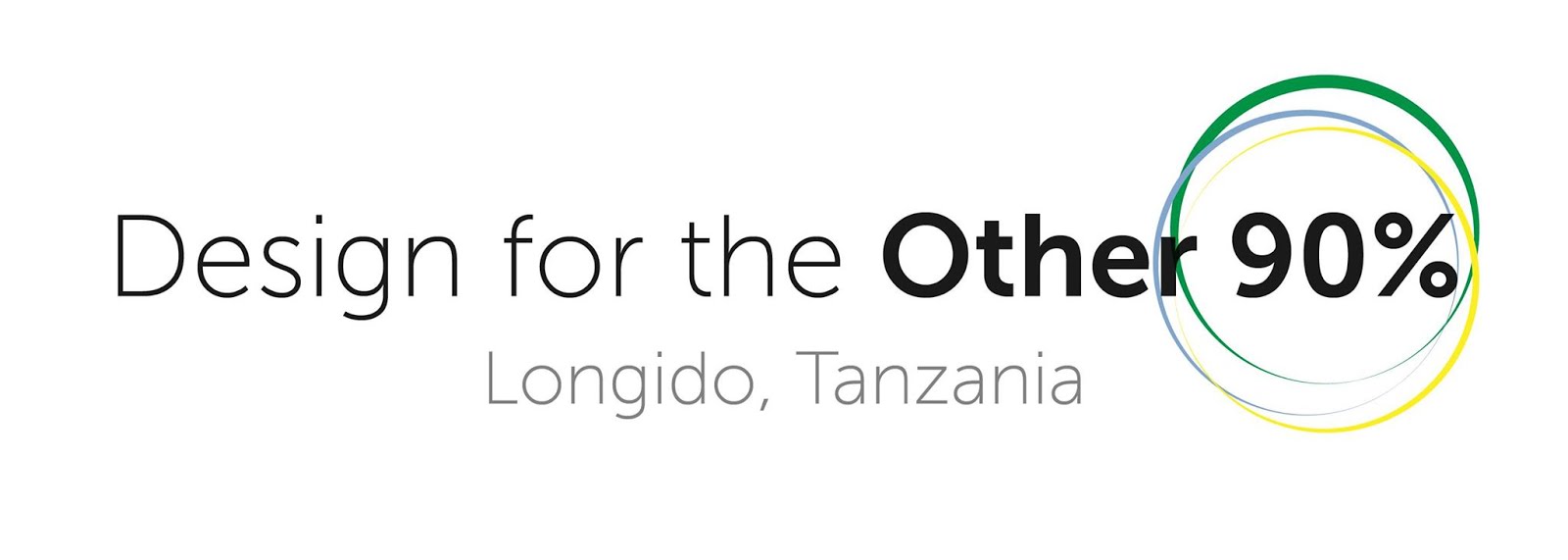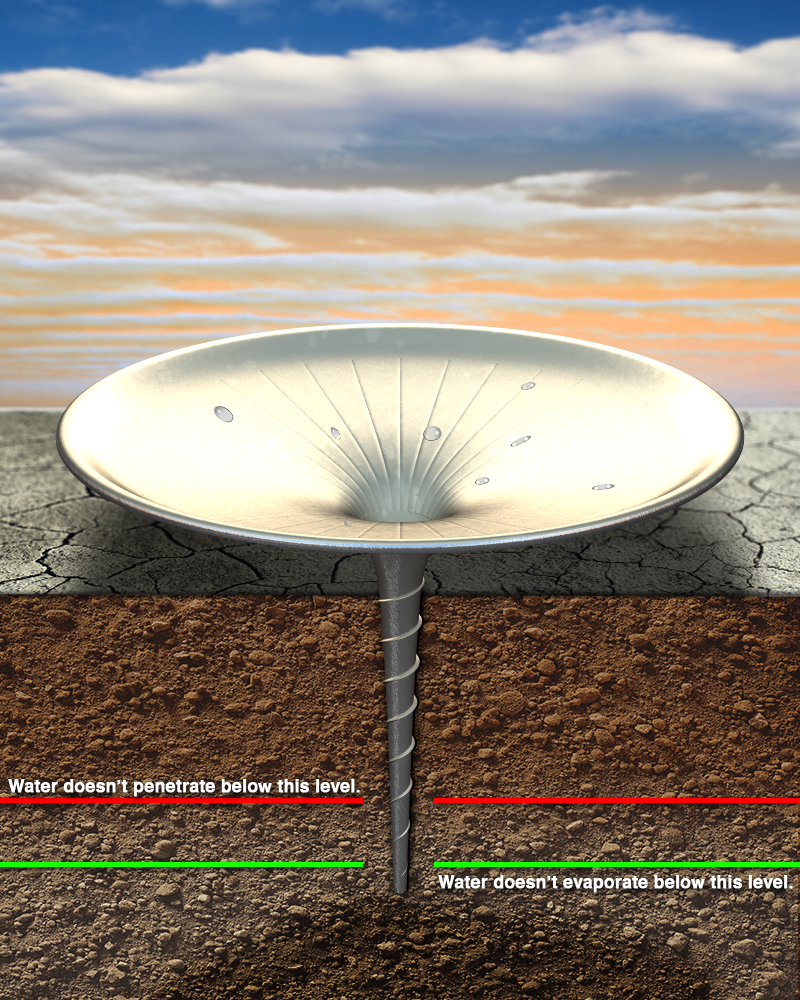Search This Blog
Topics
About Us
Welcome to our research blog for our 4th year project at the School of Industrial Design at Carleton University.
Learn More
Learn More
From the Past
-
▼
2014
(74)
-
►
October
(45)
- Blood bricks instead of Mud bricks
- Q/A With Virginia 10.17.2014
- Putting it All Together
- Our Insights
- Collaborative Insight
- Failed Project | Bill Gates' Toilet
- Projects | The Hippo Roller
- Water Demand in Longido
- MPower in Longido
- Water Sanitation in Longido and Tanzania
- Learning from Past Failures
- Food Insecurity and Vulnerability
- Fortune at the Bottom of the Pyramid
-
►
October
(45)


















